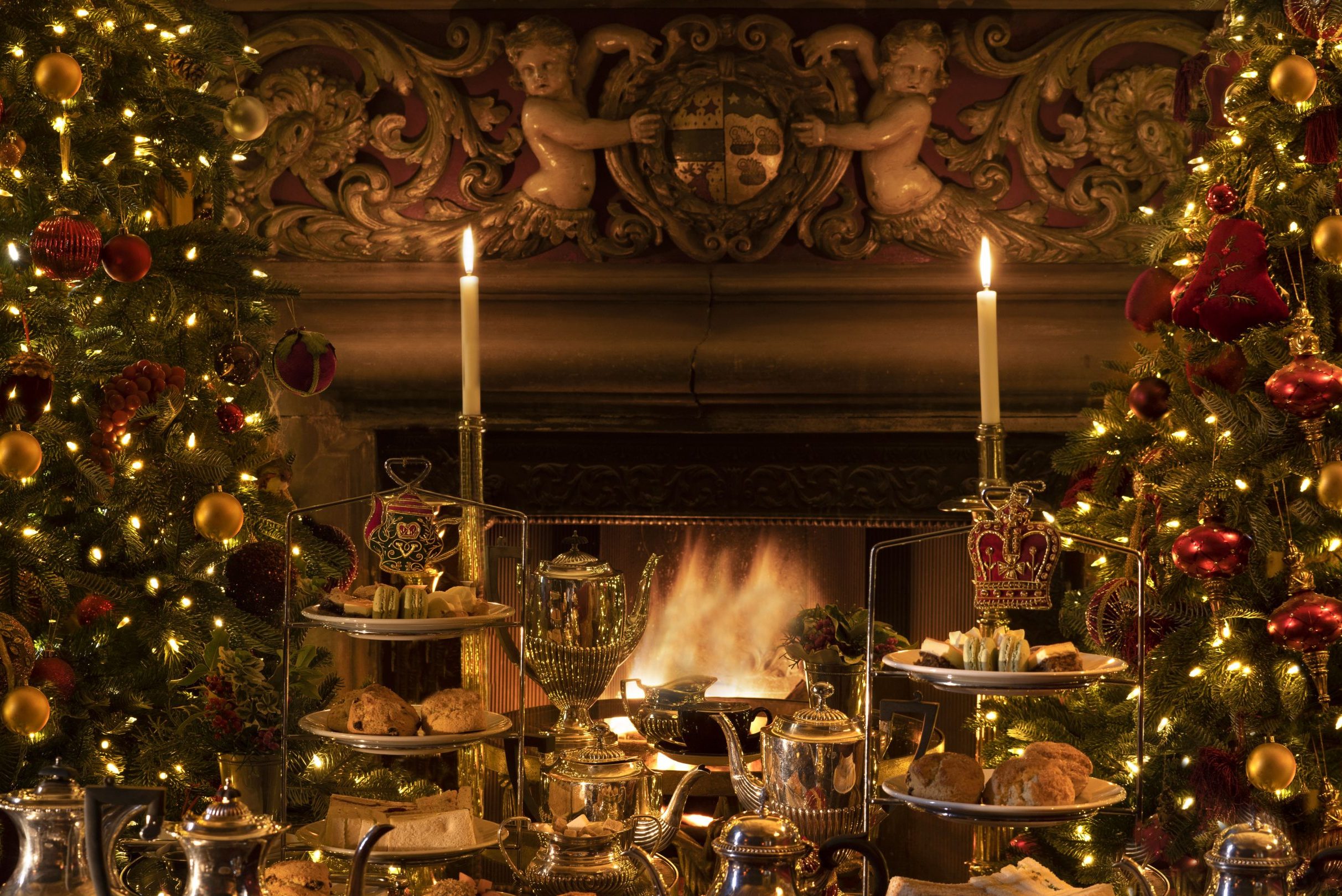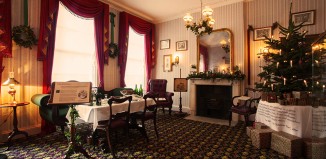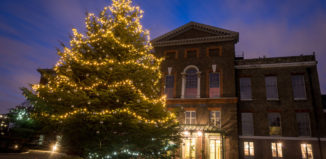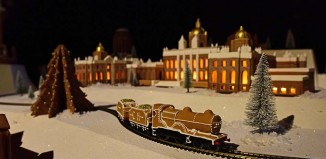Twelfth Night traditions
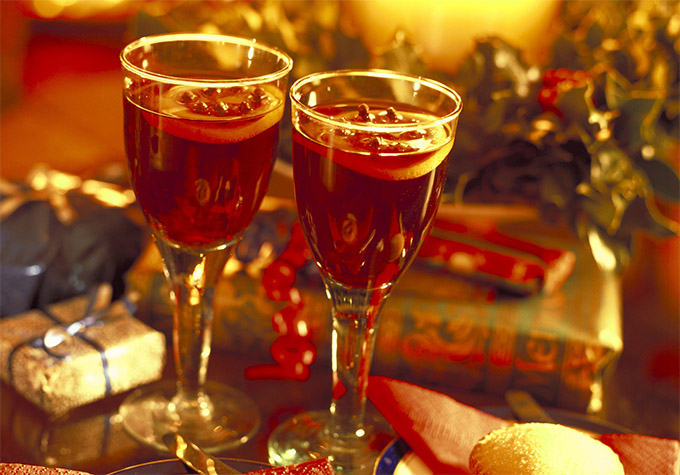
Today, Twelfth Night is best known for being the point after which it is unlucky to leave Christmas decorations hanging, but Twelfth Night used to rival Christmas Day with its festive game-playing and eating, which mark the Feast of the Epiphany when the three wise men arrived in Bethlehem.
There is some debate about when Twelfth Night falls – 5 or 6 January – depending on whether you count 12 days from Christmas Day to the night before Epiphany or 12 days from Boxing Day to Epiphany itself. However, in Britain the Church of England has settled upon 5 January.
Twelfth Night was an occasion of mischief and merrymaking. Until the late 19th century, as the antiquarian William Sandys observed, “Twelfth Night … [was] probably the most popular day throughout the Christmas, thanks to Twelfth Cake and other amusements.”
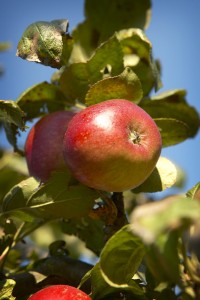
Twelfth Cake, a dense, rich fruitcake, links to the story of the Three Kings. Traditionally the cake would contain a dried bean and a dried pea: the man who found the bean in his piece of cake was elected “king” for the night; the woman who found the pea was elected “queen” – even if they were normally servants. What would follow would be an evening of “misrule” in which everything was turned upside down, including traditional gender roles.
Other foods associated with Twelfth Night include the Yule log, which having been lit on Christmas day, remained burning until Twelfth Night to bring good fortune to the house for the coming year, or warming foods, such as a Twelfth Night punch known as “wassail”.
The tradition associated with the latter, wassailing, still takes place in parts of Britain today around Twelfth Night, particularly in cider-making regions such as Somerset where the oldest tree in the orchard is toasted then serenaded with traditional wassail songs.
Twelfth Night was also a day for plays or “mumming” and it is thought that Shakespeare‘s play, Twelfth Night, might have taken its name from first being performed around this time of year (the first recorded performance was in early 1602), although another argument is that its “upside-down”, cross-dressing world fits in with Twelfth Night’s world of misrule. Eagle-eyed scholars have noticed that the nursery rhyme “Sing A Song of Sixpence” is perhaps referenced in Twelfth Night (Sir Toby Belch tells a clown: “Come on; there is sixpence for you: let’s have a song”) and the rhyme also mentions what is said to be the Twelfth Night prank of hiding live birds in an empty pie case (“when the pie was opened the birds began to sing”).
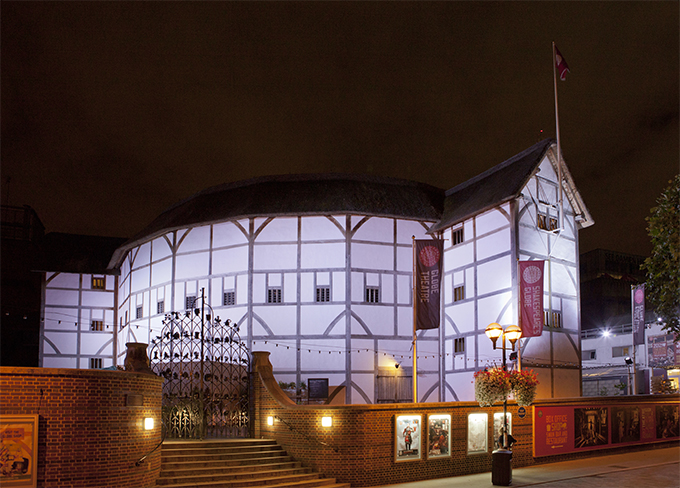
One place where Twelfth Night is still remembered every year is the Bankside area of London, which mixes ancient seasonal customs with contemporary festivity: the Holly Man appears from the River Thames and in a wassailing ceremony, along with the Bankside Mummers, he toasts the people, the River Thames and the Globe Theatre. This is followed by a performance from the mummers and the appointment of King Bean and Queen Pea through the distribution of Twelfth Cake. The night winds up in the historic George Inn on Borough High Street for more raucous merry-making – the perfect way to end a night of misrule…

